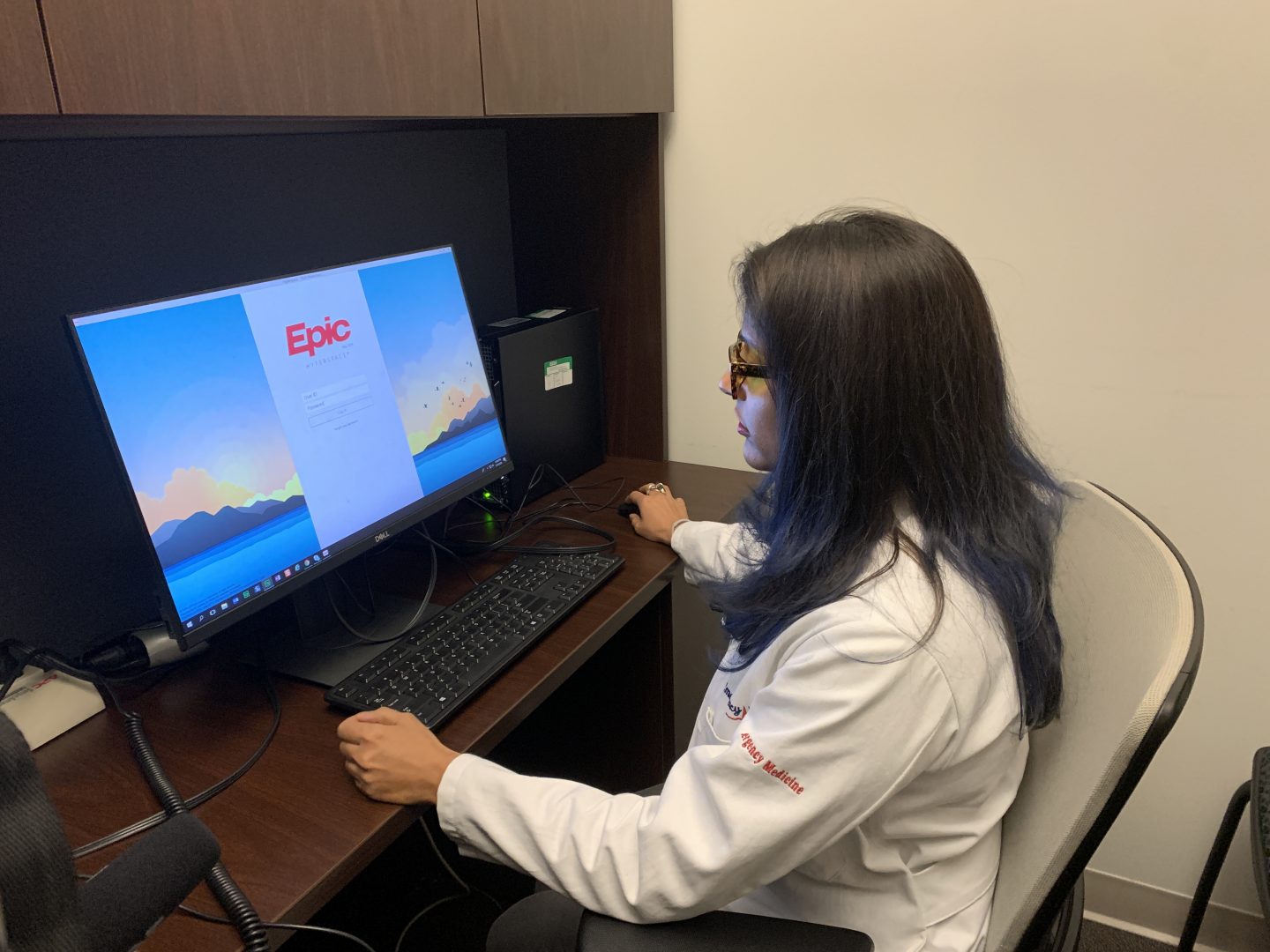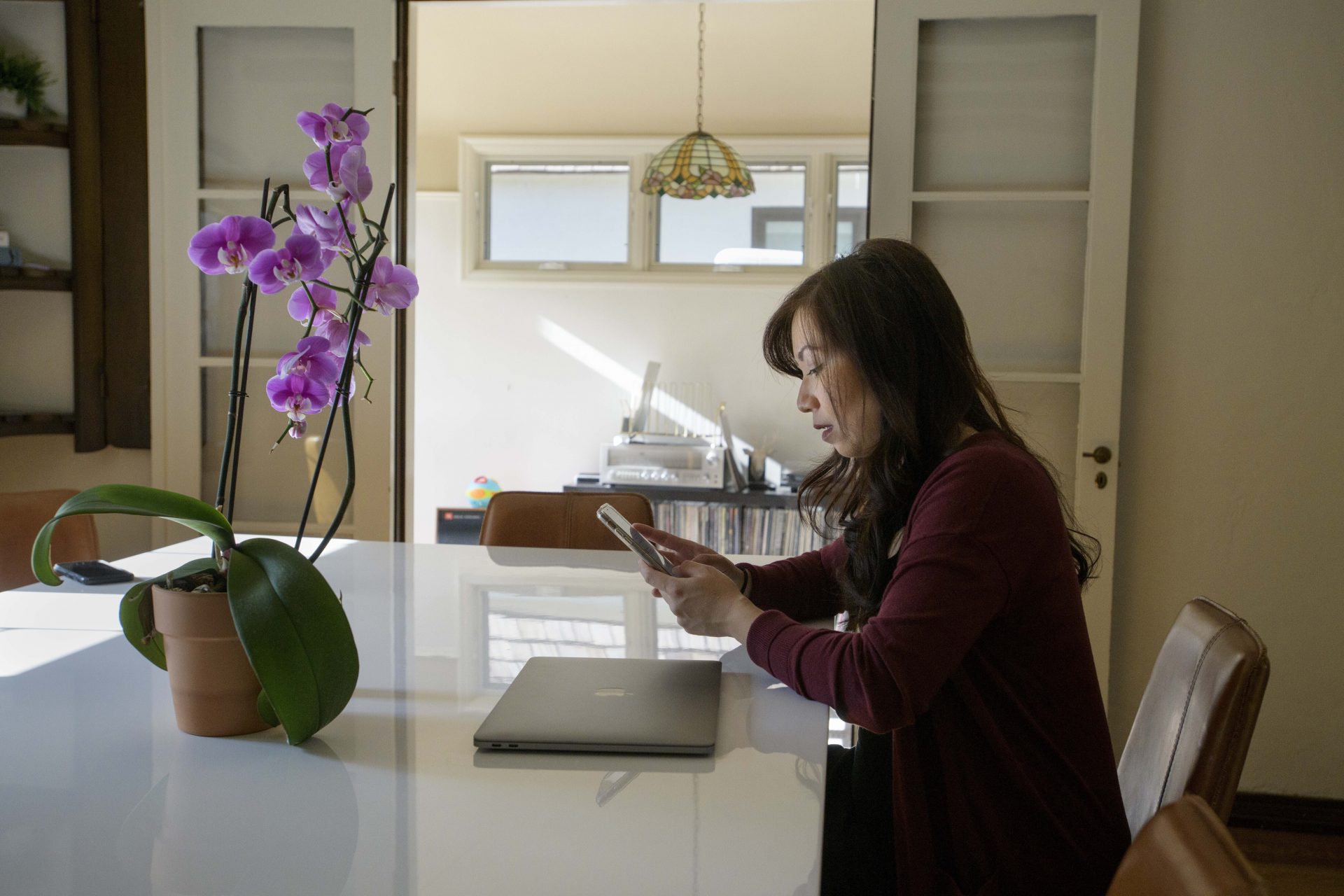Tower’s medical staff has been using telehealth with about 250 patients with chronic conditions, such as emphysema and congestive heart failure. Patients are using monitoring devices to keep track of their blood pressure, blood sugar or oxygen levels. If something is abnormal, a doctor reaches out the next day. If the situation doesn’t improve, someone gets sent to the house.
One of the biggest barriers to expanding telemedicine was insurance companies’ refusal to cover telehealth visits, and regulations stating that. But COVID-19 has changed all that, Barbera and Joshi said, and most major insurance companies are covering telemedicine services.
“It’s going to be hard to roll that back once we’re through this,” said Barbera. “I don’t think it’ll be possible.”
A forced natural experiment
Josephine Briggs is the interim executive director of PCORI, the nonprofit Patient-Centered Outcomes Research Institute based in Washington, D.C. The organization has done a number of studies on the use of telemedicine outcomes.
While telehealth has been common particularly in rural areas without specialists, she said, COVID-19 will be “transformative” in terms of telemedicine’s use across the board.
“I’m a kidney doctor and I’m old-fashioned enough that I know face-to-face is really important, particularly when it comes to building a relationship with a patient,” Briggs said. “But we are going to learn important things about when a remote approach brings a good, or even a better outcome.”
She pointed to studies showing that electronic meetings are particularly helpful for those with psoriasis, as well as those struggling with depression who meet with their therapists virtually. However, a study looking at a walking exercise for patients with peripheral artery disease found no overall improvement for those who connected virtually.
There are also concerns about the amount of preparation needed in terms of equipment and software, both for the provider and the patient. And there are privacy issues that might impair patients from being totally honest with their doctors from their homes, as opposed to through confidential, face-to-face meetings.
“I don’t think of telehealth as a solution for a cheaper health care system in any way,” Briggs said. “This is a forced natural experiment that will give us practical experience.”
Beth Duddy, a 60-year-old copyeditor, had two virtual visits recently, both by phone. The quick “med check” with her psychiatric nurse practitioner went fine because it was quick and routine, but a therapy appointment didn’t work as well.
“It’s not ideal for therapy,” she said. “It’s too easy to be distracted by the room, I’m walking around cleaning off my desk and folding my laundry, and that’s not conducive to getting into what’s been going on.”
Duddy would have preferred a video meeting with her therapist, but that wasn’t possible.
“That would be much better, but the place that I go to is very low-budget, and my therapist doesn’t have her own laptop that I’m aware of,” she said. “My guess is that they don’t have the budget for that, so I don’t know how they’d pull that off.”
WHYY is the leading public media station serving the Philadelphia region, including Delaware, South Jersey and Pennsylvania. This story originally appeared on WHYY.org.




